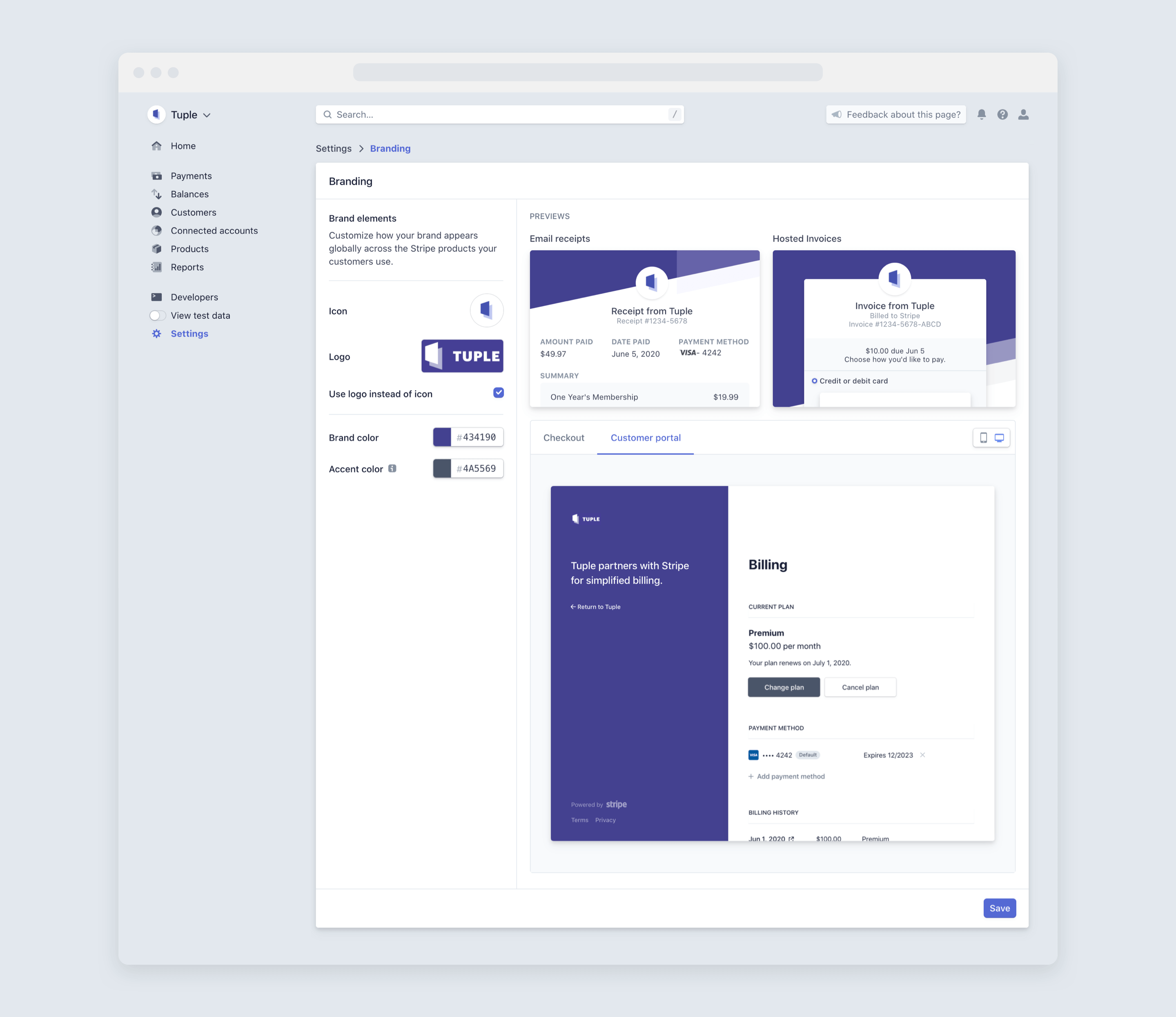JCB is a credit card network with over 135 million cardholders worldwide and a particularly high share-of-wallet in Japan. We have made JCB acceptance available to more businesses and decreased payout times.
Businesses using Stripe in Japan can now automatically accept payments with JCB, in most cases without any additional work.
One step closer to ubiquity
Technology on the internet tends to be available everywhere. Payments do not work like this, yet, but we are one step closer.
We are rolling out JCB acceptance to businesses in more countries, starting with Canada, Australia, and New Zealand, with more to come. This lets global businesses, from e-commerce sites in Canada to subscription services in Australia, easily transact with JCB cardholders.
Stripe is live in 39 countries today. We want every payment method, and feature of the platform, to be available everywhere we do business. This helps bring businesses transacting online to global parity, and brings them closer to their customers, even when they are oceans apart. We will continue working to expand access to JCB acceptance.
No assembly required
Stripe was the first payments company to defer underwriting for most businesses, letting them get started taking payments without a lengthy application and review process.
We have extended this experience to JCB. The onboarding is automatic after a Stripe account is activated and, in most cases, doesn’t require any additional steps from users.
The API call to charge a JCB card is identical to that for charging any other card, so users should not need to make any code changes to support these customers.
Tremendous opportunity for global businesses
E-commerce continues to expand rapidly in Japan, and cross-border e-commerce is increasing at an even faster second derivative. We have seen annualized growth rates of over 45% in international payments from users in Japan since 2018. This explosion in user demand is now addressable by global businesses using the same payment platform they use for other payments, without requiring any code changes or, in most cases, back office work.
Infrastructure bridges gaps between nations. Fittingly, this engineering work was also done by teams spanning the globe, led by our engineers in Singapore and Tokyo. We will have more products built with local sensibilities to share soon.
JCB は、世界中に 1 億 3500 万人を越えるカード会員を持ち、特に日本で高い顧客内シェアを持つ主要なクレジットカードネットワークです。弊社は、より多くのビジネスによる JCB カード決済の取り扱いを可能にし、入金サイクルを短縮しました。
日本で Stripe を使用するビジネスは、自動的に JCB カードでの支払いが受け付けられるようになり、ほとんどの場合、追加の申請作業は不要です。
グローバル展開を加速
インターネット上のテクノロジーの多くは、世界中で利用可能です。決済関連テクノロジーはまだ世界中で利用可能とは言い切れませんが、Stripe は今回の開発によりまた一歩前進しました。
弊社では、JCB の取り扱いをより多くの国で展開していきます。カナダ、オーストラリア、ニュージーランドをはじめに、さらに多くの国が追加される予定です。カナダの E-コマースサイトからオーストラリアの定期支払いサービスに至るまで、世界での対応拡大により、グローバル企業は JCB カード会員との取引を簡単に行うことができるようになりました。
Stripe は現在、39 カ国で稼働しており、すべての支払い方法とプラットフォーム機能がこれらの国々で利用可能になるよう努めています。このことが、オンライン取引における国際市場の平等性を促進し、世界中に散らばるビジネスと顧客をつなげるのに役立つと考えています。これからも JCB の取り扱いを拡大していく予定です。
複雑な手続きは必要ありません
Stripe は、ほとんどのビジネスに対するリスク評価を先送りにした最初の決済業者です。これにより、ビジネスは長期間にわたる申請と審査プロセスなしで支払いの受け付けを開始できるようになりました。
弊社ではこの対応を JCB の取り扱いにも適用しました。Stripe アカウントの本番環境への切り替え後に審査手続きが自動的に行われ、ほとんどの場合、ユーザによる追加の手順は必要はありません。
JCB カード支払いの API は、他のカード支払いのものと同じです。ユーザはコードに変更を加えることなく、JCB カードの利用を希望する顧客をサポートすることができます。
グローバルビジネスにとって絶好の機会
E-コマースは日本で急速に拡大し続け、国際 E-コマースはさらに急速に増大しています。2018 年以降、日本のユーザからの国際決済には、年間 45% 以上の成長率が見られました。グローバル企業は、このユーザ需要の急増を、バックオフィスでの作業やコード変更を必要とせず、他の決済方法と同じプラットフォームで対処できるようになりました。
決済インフラは、各国との橋渡し的な存在になり得ます。今回の弊社による開発も、シンガポールと東京のエンジニアをリーダーとし、世界各地に散らばるチームの共同作業によって構築されました。今後さらに多くの製品を地域に根ざした感性で構築し、提供していく予定です。









